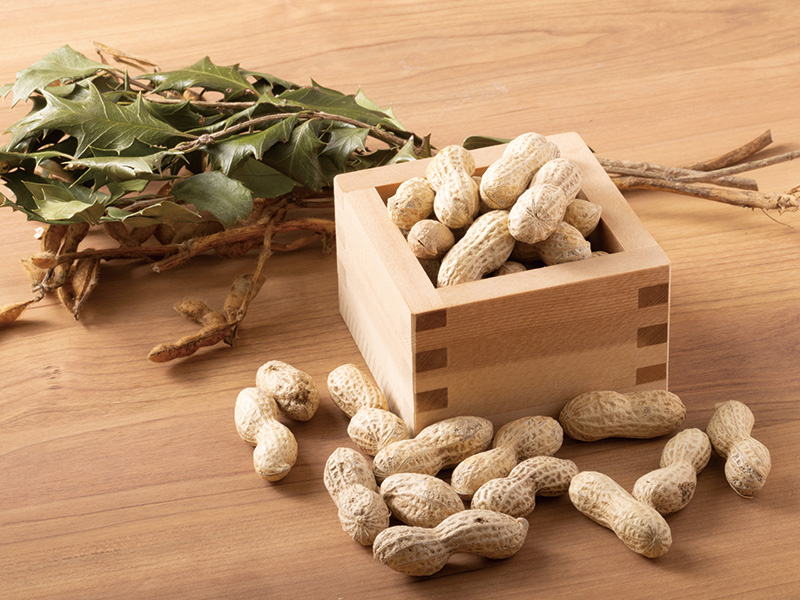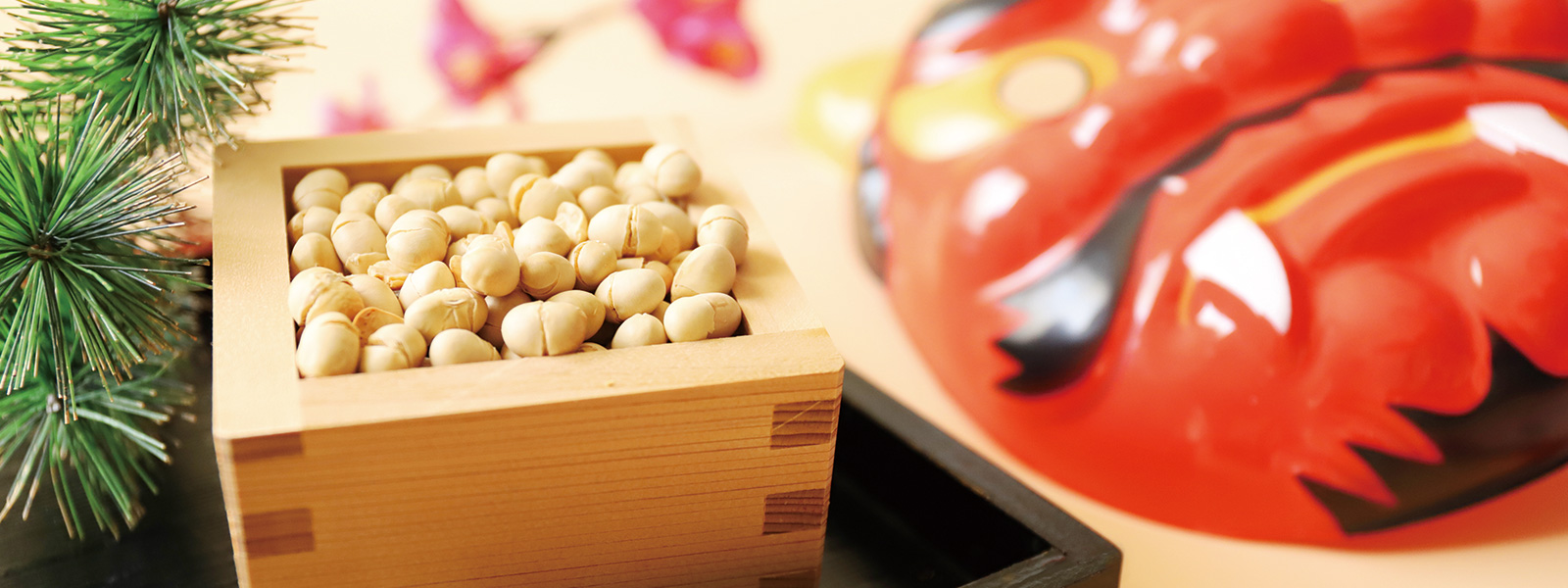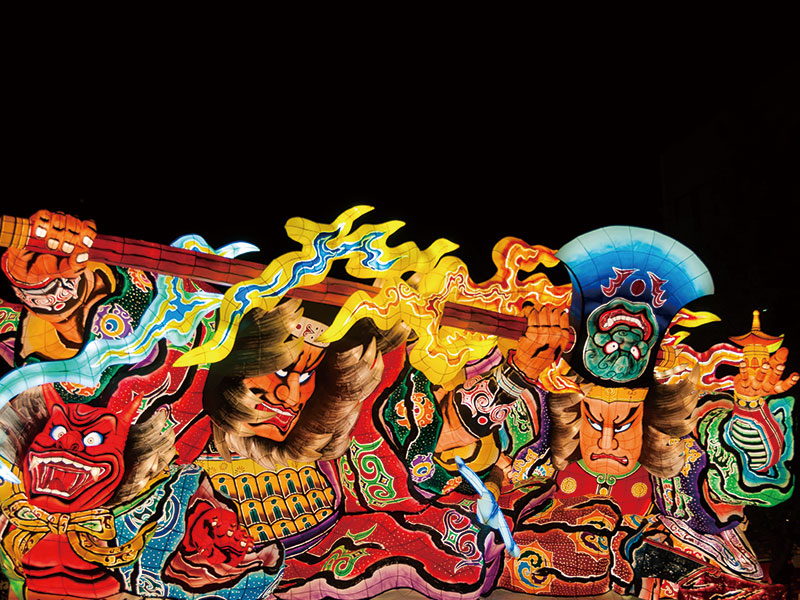There are many events in Japan to celebrate the change of seasons, but Setsubun is an important traditional event that symbolizes the beginning of a new season.
Setsubun means “dividing the seasons ” and is held on the day before the first day of spring. However, Setsubun is not just a calendar event, but also a ritual to ward off evil spirits. This article introduces the history, cultural background, regional differences, and interesting tidbits about Setsubun.
The Origin of Setsubun: A Heian Period Court Ceremony called Tsuina
The history of Setsubun leads us to the court ceremony called Tsuina, which was held during the Heian period. This event originated from a Chinese custom to drive away demons that brought plagues and misfortune. At that time, instead of throwing beans, peach bows and reed arrows were used to drive away evil spirits. In Chinese mythology, peaches were regarded as a symbol of perpetual youth and longevity and to ward off evil spirits, and in Japan they were thought to have the power to ward off evil spirits.
From the Kamakura period to the Muromachi period, the custom of throwing beans spread among ordinary people. Soybeans came to be used to "ward off evil spirits," and even today, the custom of throwing beans among family members as fukumame continues.
What is the Feast of Setsubun?
On Setsubun, an ogre appears, but this ogre is not just a monster, but a symbol of evil and evil in people's hearts.
Therefore, driving away an ogre not only prevents external calamities, but also purifies one's own mind. The chant "Fortune in, evils out!" is a prayer to bring happiness and keep away misery.
There is also the custom of eating the same number of beans as one's age (or one more) after the mamemaki, which is believed to be a way to bring happiness into the body.
Modern Mamemaki and Ehomaki
Mamemaki and Ehomaki are the symbolic events of Setsubun today.
Mamemaki is celebrated not only at home, but also at temples and shrines, and is sometimes attended by celebrities and local figures.
Yoshida Shrine in Kyoto and Sensoji Temple in Tokyo, in particular, hold large-scale bean-throwing events, and many worshippers flock to receive fukubeans.
The Setsubun Festival at Yoshida Shrine takes place over three days, with Setsubun in between.
Ehomaki, on the other hand, is a relatively new custom. Ehomaki, a custom in the Kansai region, spread nationwide in the 1990s.
It is characterized by a unique style of eating a sushi roll in silence while thinking of a wish toward the direction of good luck for the year.
The practice includes the idea of avoiding talking during a meal to avoid missing out.
Fukumame (fukumame) is sprinkled at shrines and other places
Ehomaki
What are regional differences in Setsubun?
Various regions in Japan have their own Setsubun events.
•Hokkaido: The custom of sprinkling peanuts instead of soybeans is unique to cold regions. Since peanuts are wrapped in a shell, they became popular because they can be picked up and eaten even if they get dirty with snow or dirt.
•Niigata Prefecture's Naked Oshiai Festival: Held on the first day of spring, naked men push each other to ward off evil. This also echoes the Setsubun theme of exorcising evil.

Hokkaido sprinkles peanuts
Interesting Setsubun trivia
1. Origin of Oni
The word Oni is said to have originated from Onu. What was feared as an invisible entity eventually came to be called Oni as a symbol of people's misfortune.
2. Why do beans on Setsubun have to be refried?
The beans used on Setsubun are always refried, not raw beans. This is because when you sprinkle raw beans, they sprout, which is believed to "bring forth misfortune". By roasting them, they prevent sprouting and are meant to ward off evil.
3. Oniharai Events Outside Japan
Setsubun is often thought of as a culture unique to Japan, but there are similar customs around the world. For example, in China, it is customary to drive away evil spirits with whips and firecrackers during the Lunar New Year.
In some parts of Europe, a carnival is held at the end of winter in which people dress up in costumes to ward off evil spirits.
Summary
Setsubun is not just an annual event, but a Japanese tradition with deep historical and cultural significance.
The custom of bean-throwing and ehomaki (ehomaki), which are held at home, is still familiar to many people today as an event to deepen family ties and wish for happiness.
Setsubun gives you a sense of the depth of Japanese culture. This year, why not enjoy Setsubun with a fresh mind while reflecting on its background?








